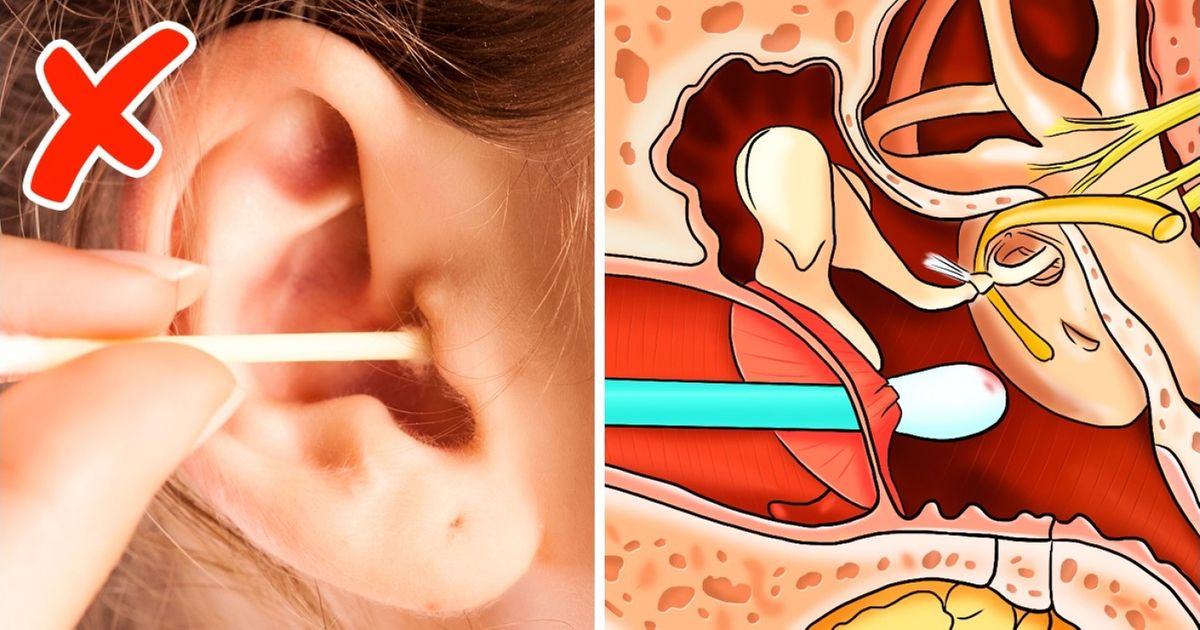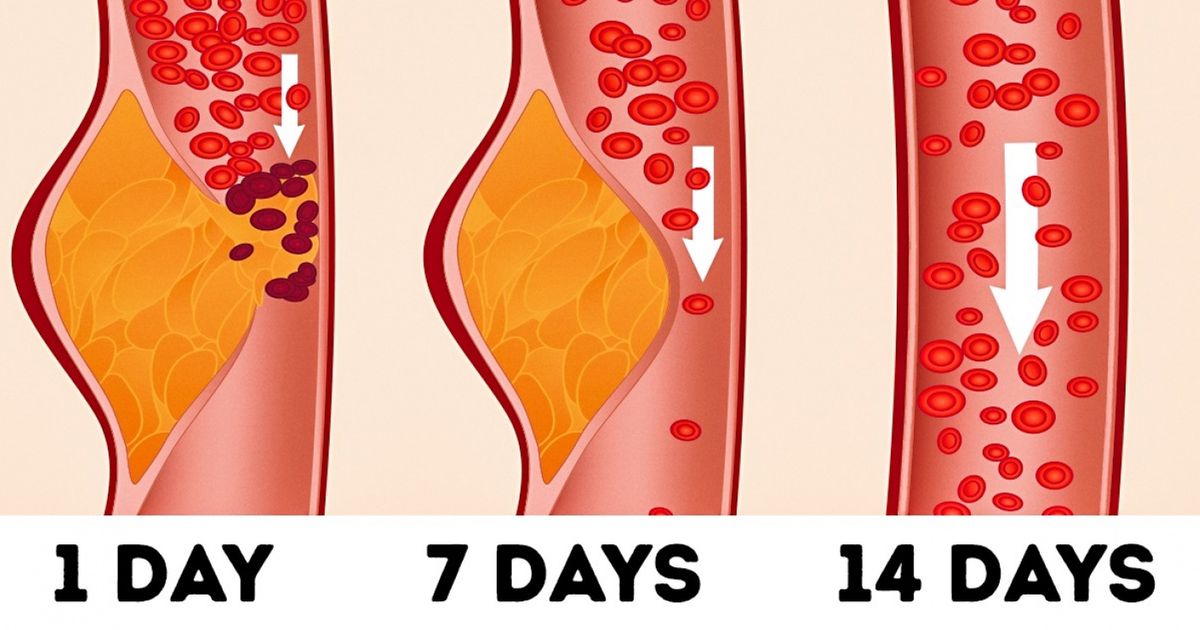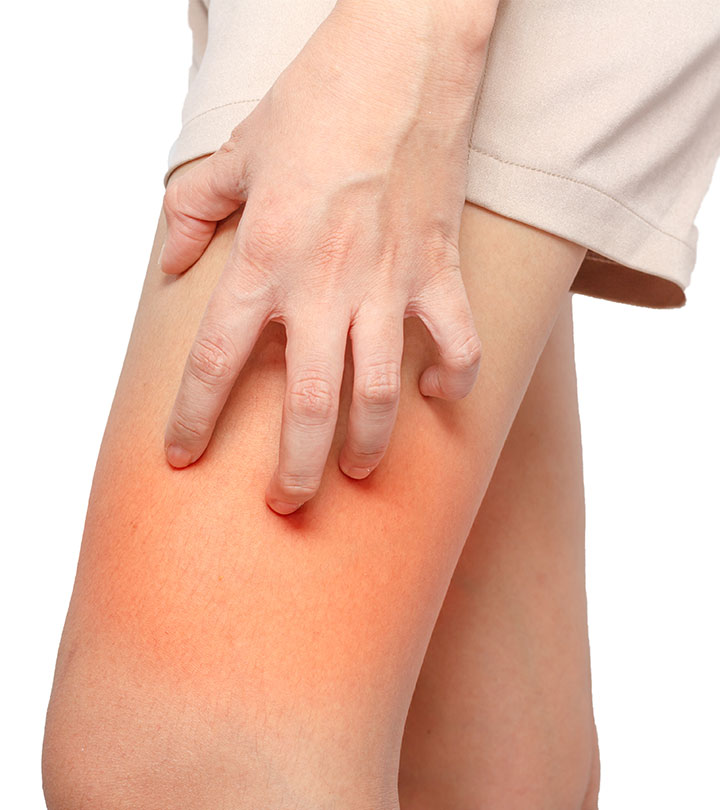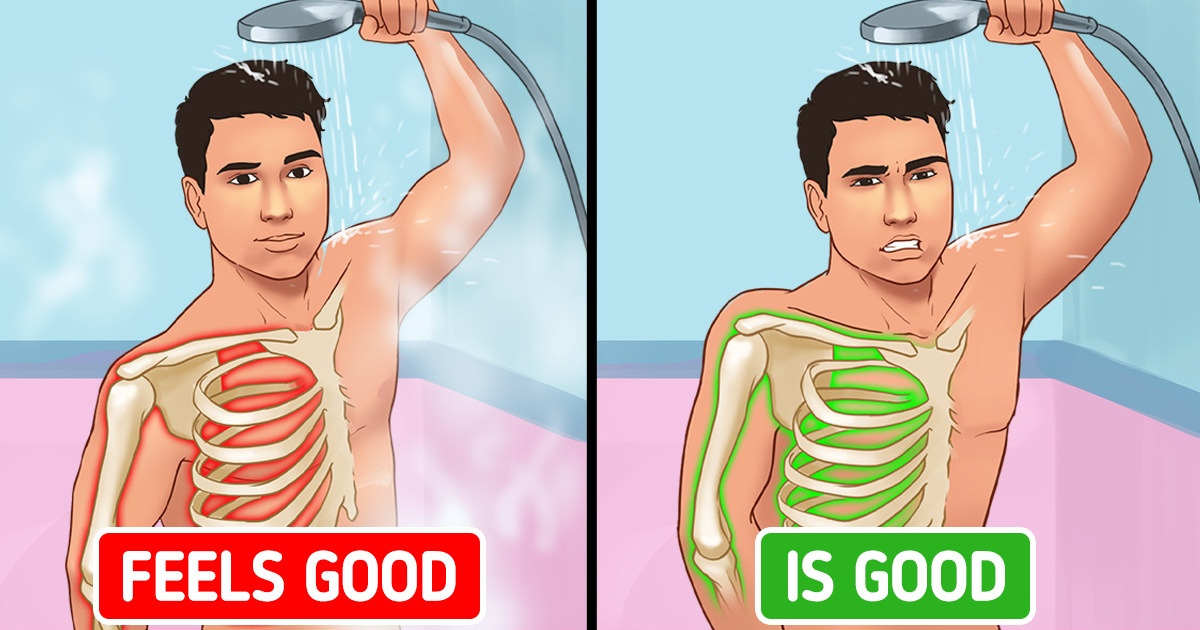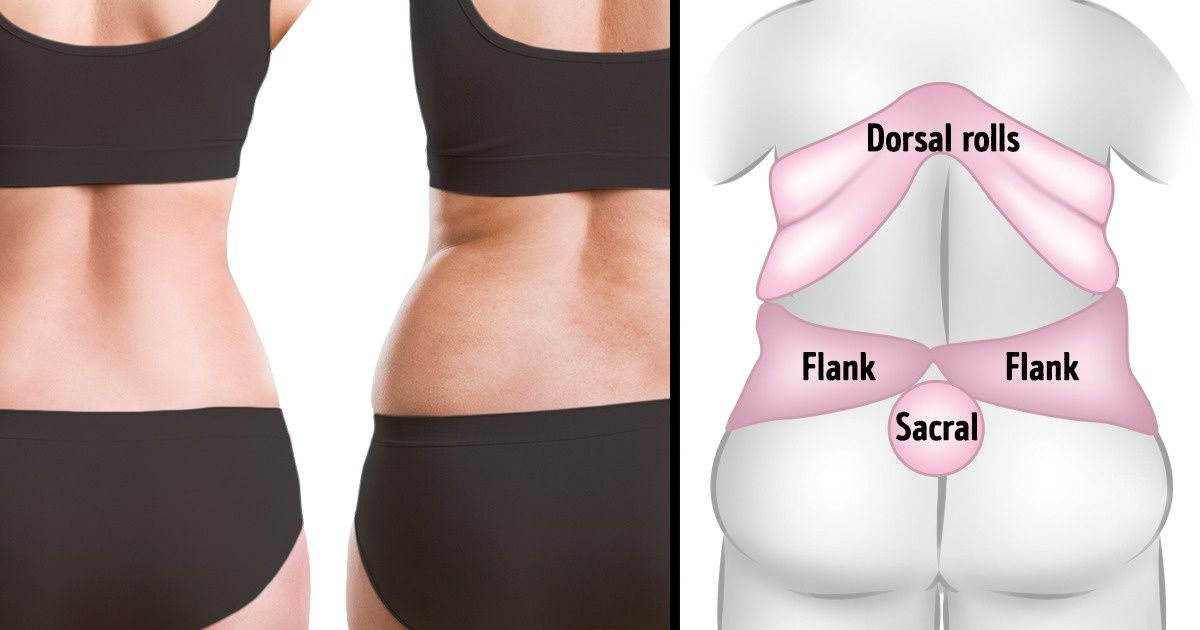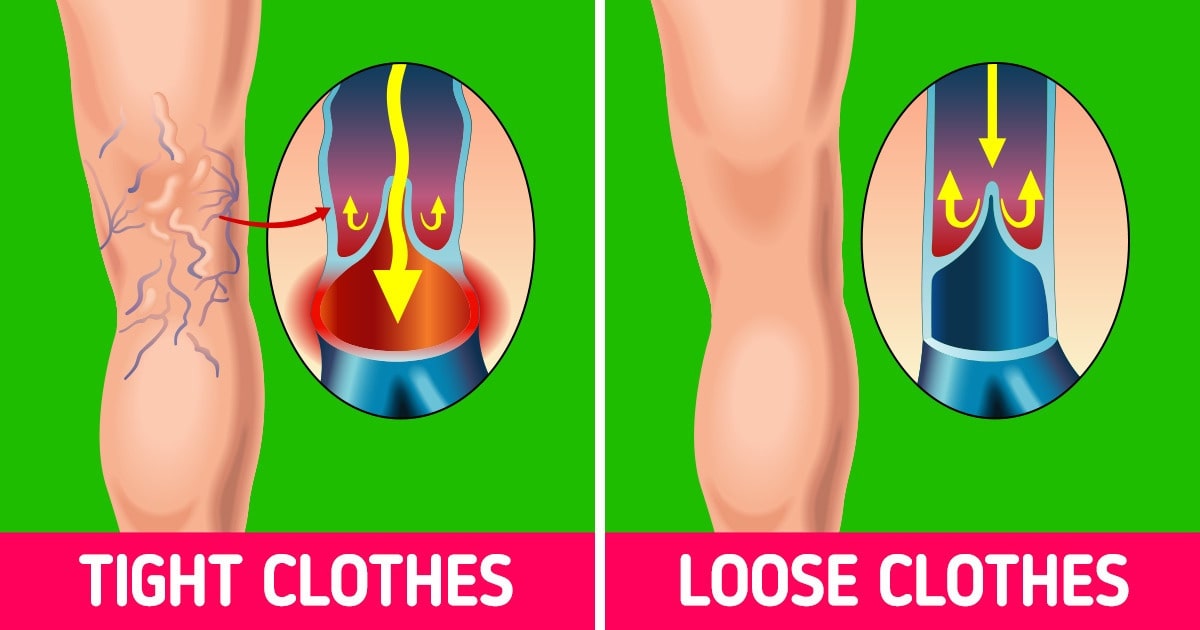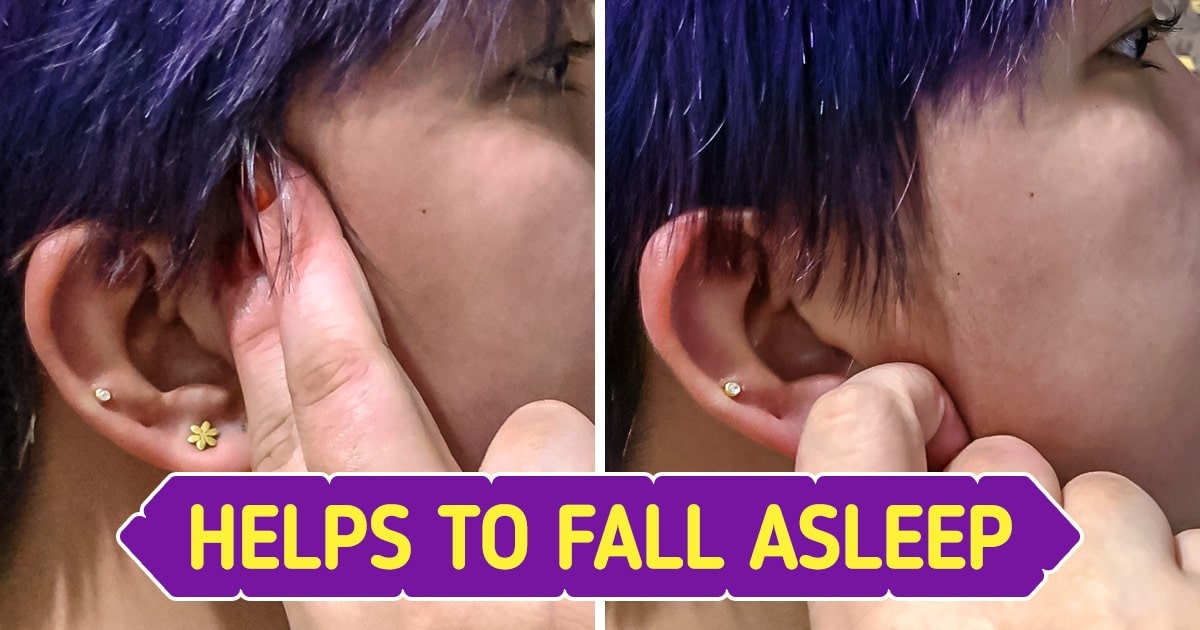Acne is one of the most common skin conditions affecting millions worldwide. Whether you’re dealing with persistent breakouts on your chin, cheeks, or forehead—or even on areas such as your back, nose, around the mouth, legs, jaw, and neck—understanding the underlying causes is the first step towards effective treatment.
In this comprehensive guide, we’ll delve into the factors that contribute to acne and offer expert tips on preventing and treating breakouts. With insights backed by dermatologists and trusted sources like the American Academy of Dermatology and the Mayo Clinic, you’ll be well-equipped to transform your skin care regimen and achieve a radiant complexion.
Cheek Acne: Causes, Prevention, and Effective Treatments
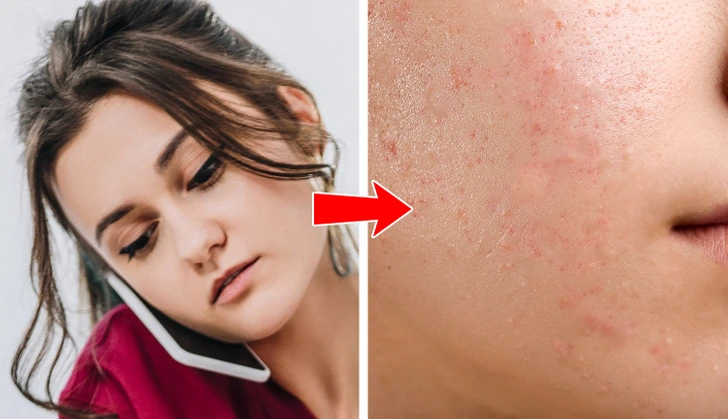
Acne on the cheeks is a common concern that can be both physically uncomfortable and emotionally distressing. Several factors contribute to cheek acne:
- Bacteria and Clogged Pores: Dead skin cells, excess oil, and environmental pollutants can clog pores, leading to breakouts.
- Friction and Contact: Constant contact with mobile phones, pillowcases, or even dirty hands can transfer bacteria to your skin.
- Hormonal Imbalances: Fluctuations in hormones, especially during puberty or menstrual cycles, can increase oil production.
Prevention and Treatment:
- Clean Your Skin Gently: Use a gentle cleanser twice a day to remove dirt and oil without stripping your skin of its natural moisture.
- Replace Your Phone Case Regularly: Clean your phone screen and case frequently to avoid bacterial buildup.
- Opt for Non-Comedogenic Products: Choose skincare and makeup products labeled “non-comedogenic” to prevent pore blockage.
- Seek Professional Advice: For persistent cheek acne, consult a dermatologist for tailored treatments such as topical retinoids or antibiotics.
For more detailed advice, visit the American Academy of Dermatology.
Forehead Acne: Identifying Triggers and Optimizing Your Skincare Routine
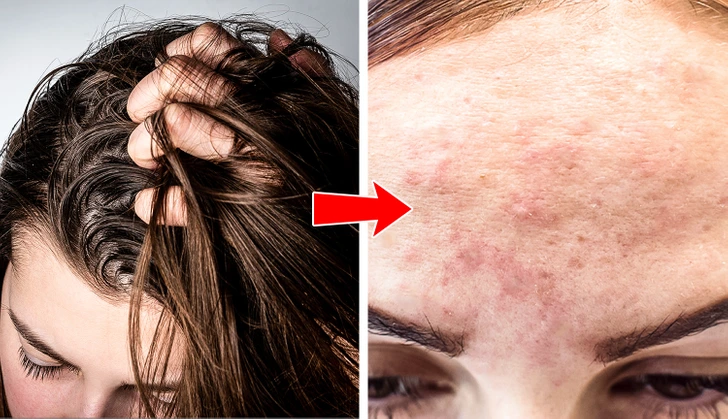
Forehead acne can be particularly frustrating because it often appears in hard-to-reach places and may be linked to lifestyle factors. Common causes include:
- Excessive Oil Production: The forehead has a high concentration of sebaceous glands that produce oil, which can lead to clogged pores.
- Hair Products: Oils, gels, and other hair styling products can transfer from your hairline to your forehead, exacerbating acne.
- Stress: Increased stress levels can trigger hormonal changes, leading to breakouts on the forehead.
Effective Strategies for Clear Forehead Skin:
- Regularly Wash Your Hair: Ensure that hair products do not accumulate on your skin by washing your hair frequently.
- Use Oil-Free, Non-Comedogenic Products: Select products that won’t clog your pores.
- Incorporate a Balanced Diet: Foods rich in antioxidants and low in refined sugars can help maintain skin health.
- Practice Stress Management: Techniques such as yoga, meditation, or even regular exercise can reduce stress-induced acne.
For further reading on managing stress-related skin issues, refer to articles on Healthline.
Back Acne (Bacne): Understanding Causes and Preventative Measures
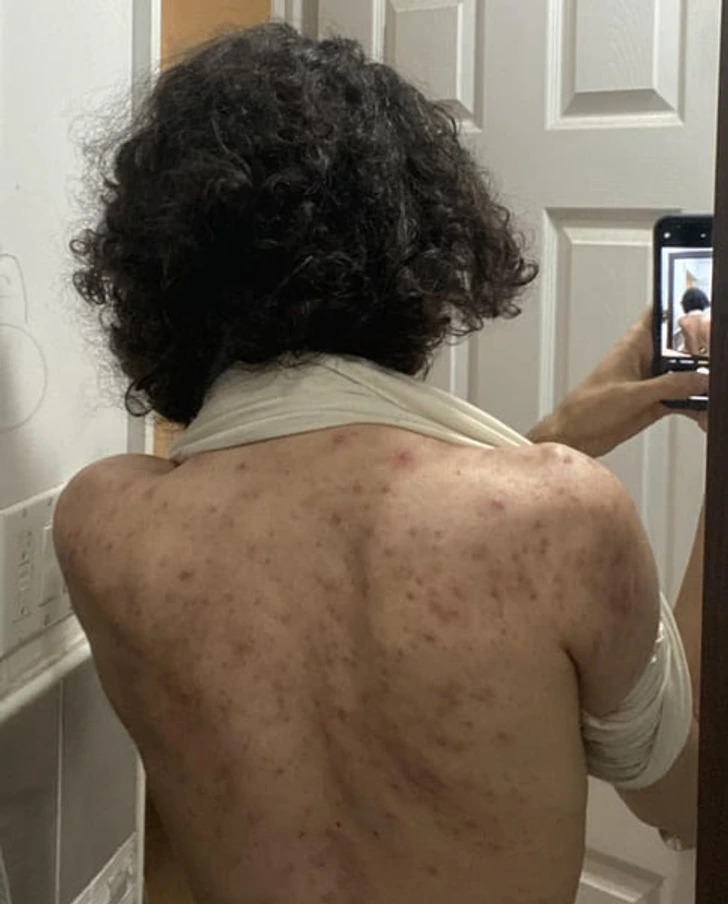
Acne on the back, commonly known as “bacne,” can be as challenging as facial acne. It is often caused by:
- Sweat and Friction: Tight clothing and excessive sweating during workouts can trap sweat and bacteria on the back.
- Hormonal Changes: Just like facial acne, hormonal fluctuations can lead to an increase in oil production on the back.
- Improper Hygiene: Failing to cleanse the back thoroughly after exercise or prolonged periods of sweat exposure can lead to clogged pores.
Tips for Preventing and Treating Back Acne:
- Shower Immediately After Sweating: Remove sweat and bacteria as soon as possible after exercising.
- Wear Loose-Fitting Clothing: Choose breathable fabrics to reduce friction and allow your skin to breathe.
- Exfoliate Regularly: Use a gentle exfoliating scrub to remove dead skin cells and unclog pores, but avoid over-exfoliation that may irritate your skin.
- Topical Treatments: Consider using acne-fighting ingredients like salicylic acid or benzoyl peroxide on affected areas.
For more in-depth information on back acne, visit the Mayo Clinic’s acne section.
Nose Acne: Pinpointing the Causes and Effective Solutions
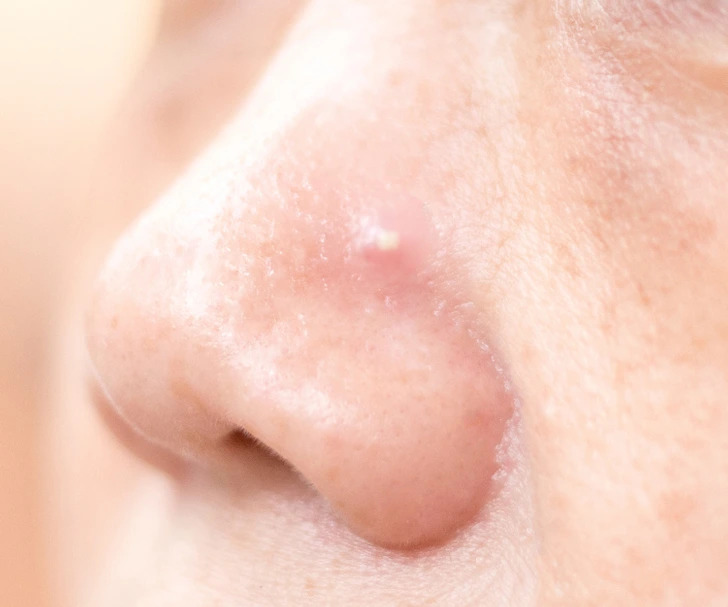
Nose acne is often overlooked, but it can be a persistent problem. The causes include:
- Oily Skin: The nose is part of the T-zone, which naturally produces more oil, making it more susceptible to acne.
- Pore Congestion: Excess oil combined with dead skin cells can block pores, leading to breakouts.
- Environmental Exposure: Pollution and dust can accumulate on the skin, contributing to clogged pores.
How to Tackle Nose Acne:
- Maintain a Consistent Skincare Routine: Cleanse, tone, and moisturize your face daily using products suitable for oily skin.
- Use Non-Comedogenic Makeup: Ensure that any products you apply on your face do not block your pores.
- Spot Treatments: Apply targeted treatments with ingredients like tea tree oil, which has natural antibacterial properties.
For additional tips on maintaining clear skin on the T-zone, check out resources on Dermstore.
Perioral Acne: Managing Breakouts Around the Mouth
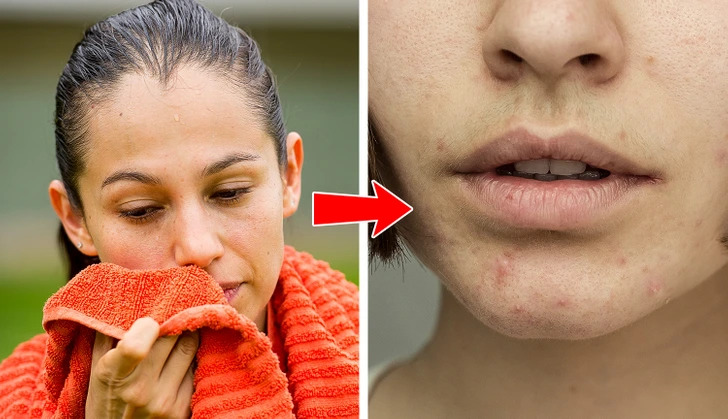
Breakouts around the mouth, or perioral acne, can be particularly stubborn due to the unique skin environment in this area. Common contributing factors include:
- Hormonal Imbalances: Hormonal fluctuations, especially during pregnancy or with the use of certain medications, can cause perioral acne.
- Skincare Products and Cosmetics: Ingredients in lip balms or facial creams can clog pores around the mouth.
- Irritation from Masks: The increased use of face masks, especially during flu seasons or pandemics, can trap moisture and bacteria around the mouth.
Tips for Preventing and Treating Perioral Acne:
- Choose Fragrance-Free, Hypoallergenic Products: Reduce the risk of irritation by selecting products designed for sensitive skin.
- Cleanse Thoroughly: Ensure that you remove makeup and any product residues at the end of the day.
- Consult a Dermatologist: For persistent perioral acne, professional advice and treatments like topical retinoids may be necessary.
Learn more about perioral acne and its management strategies by visiting Healthline.
Leg Acne: Causes, Triggers, and Treatment Options
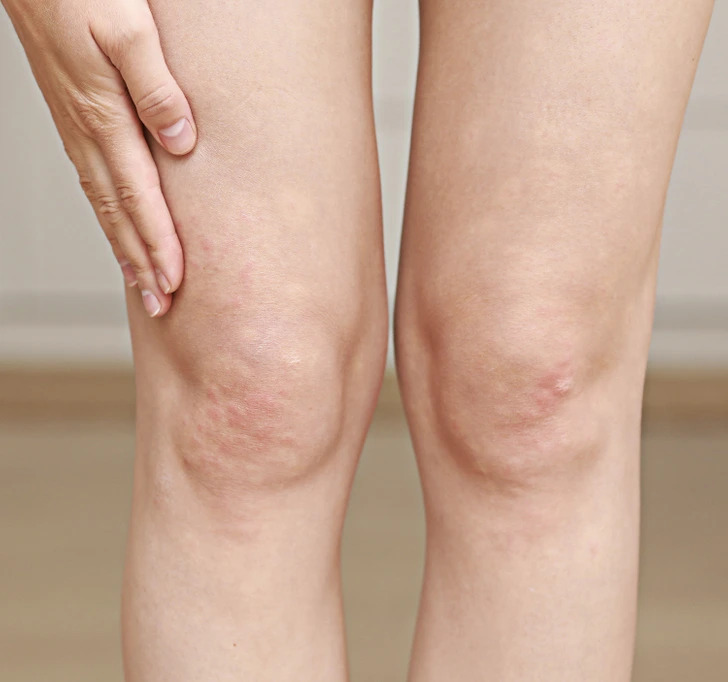
Acne is not exclusive to the face and upper body; many individuals experience breakouts on their legs as well. Leg acne can be caused by:
- Folliculitis: Inflammation of the hair follicles, often due to bacterial infections, can lead to acne-like bumps on the legs.
- Sweat and Friction: Excessive sweating and tight clothing can trap moisture against the skin, leading to clogged pores and irritation.
- Allergic Reactions: Reactions to fabrics, detergents, or even body lotions can trigger leg acne.
Effective Measures for Leg Acne:
- Wear Breathable Fabrics: Choose clothing made of natural fibers that allow your skin to breathe.
- Shower After Exercise: Remove sweat and bacteria promptly to prevent folliculitis.
- Topical Treatments: Products containing salicylic acid or benzoyl peroxide can help clear inflamed areas.
For more detailed advice on managing folliculitis and leg acne, consult the Mayo Clinic’s dermatology resources.
Jawline and Neck Acne: Hormonal Influences and Targeted Treatments
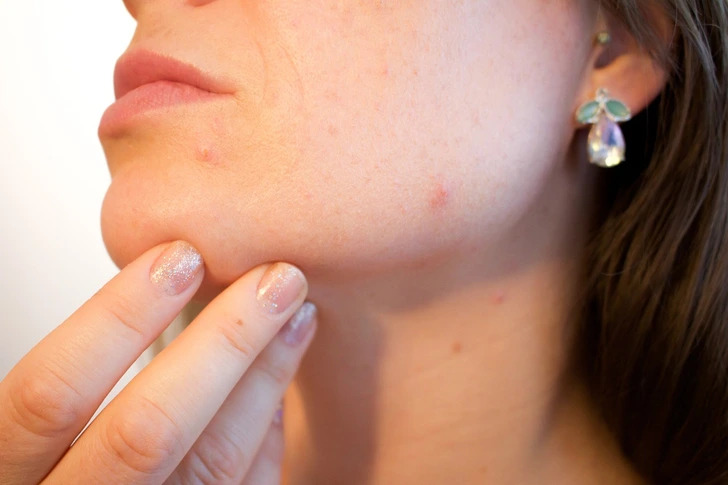
Acne along the jawline and neck is often linked to hormonal fluctuations and can be particularly persistent. Key causes include:
- Hormonal Imbalances: Conditions such as polycystic ovary syndrome (PCOS) or menstrual cycle changes can lead to increased oil production around the jawline.
- Poor Skincare Habits: Inadequate cleansing and the use of heavy skincare products can contribute to clogged pores in these areas.
- Stress: Chronic stress can elevate cortisol levels, which may worsen acne along the jawline and neck.
Targeted Strategies for Jawline and Neck Acne:
- Adopt a Consistent Skincare Routine: Use gentle cleansers and non-comedogenic moisturizers to keep your skin clean without over-drying.
- Consider Hormonal Treatments: If your acne is linked to hormonal imbalances, consult a healthcare provider about potential treatments such as birth control pills or anti-androgens.
- Avoid Overwashing: Washing your face and neck too frequently can strip away natural oils, causing your skin to produce even more oil.
For further information on hormonal acne, the American Academy of Dermatology provides reliable insights and treatment options.
Conclusion: Embrace a Comprehensive Approach to Clear, Healthy Skin
Acne can be a multifaceted condition influenced by lifestyle, hormones, environment, and genetics. Whether you’re dealing with breakouts on your chin, cheeks, forehead, back, nose, around the mouth, legs, or jawline and neck, a tailored approach to skincare is essential for effective management. By understanding the unique triggers in each area and adopting expert-approved treatments and preventive measures, you can pave the way toward clearer, healthier skin.
Incorporate the following key practices into your daily routine for optimal results:
- Consistent Skincare: Use gentle, non-comedogenic products to cleanse and moisturize your skin.
- Targeted Treatments: Apply specialized products with ingredients such as salicylic acid, benzoyl peroxide, or retinoids as needed.
- Healthy Lifestyle: Maintain a balanced diet, manage stress, and engage in regular exercise to support overall skin health.
- Regular Consultation: Work with dermatologists and skincare professionals for personalized advice and treatment adjustments.
For additional expert insights and detailed guidelines on acne treatment and skincare routines, refer to reputable sources such as the American Academy of Dermatology, the Mayo Clinic, and Healthline.
By addressing each area of acne thoughtfully—from the chin to the legs—you’re taking control of your skin health. Embrace this comprehensive approach to reduce breakouts, prevent acne scars, and reveal the clear, radiant skin you deserve. Remember, consistency and the right knowledge are key in your journey to a healthier complexion.
Preview photo credit lvcasreed / Reddit, Kjerstin_Michaela / Pixabay
